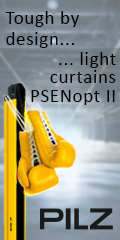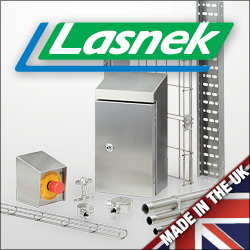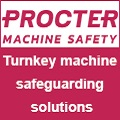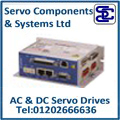
Posted to News on 6th Nov 2009, 07:19
Machined torsion springs offer advantages over wire types
Simon Cattle, Managing Director of Abssac, explains what can be achieved using machined torsion springs and what the benefits are compared with conventional torsion springs formed from wire.
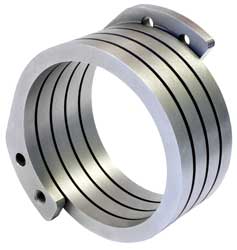
Machining torsion springs from solid is far more complex than winding them from round or even rectangular cross-section wire, so why go to the effort?
Machined torsion springs can provide very precise, linear deflection rates because virtually all of the residual stresses are eliminated. When deflecting a machined torsion spring, the dominant stress is a pure bending stress, which ensures the component is more reliable and performs more accurately.
In addition, most wound torsion springs can achieve a rate of around 15 per cent, whereas the machined alternative can easily achieve a rate of 10 per cent and can be tuned to +/-2 per cent for the more demanding applications. Abssac likes to think of it as precision elasticity.
The most common machined torsion spring configuration is the single-start spring, which consists of a single continuous coil element that starts at one end and terminates at the other end, much like its wire-wound counterpart. Abssac can supply both unwind and wind-up torsion springs and, in both cases, the spring rates achieved are as linear as the geometry will permit.
Custom end forms
It is not only the accuracy of rate that is an advantage; since the part is machined, any form of end attachment can be incorporated. In the wound torsion spring format, tangs are produced by bending the last portion of wire into a set position. These tangs are bent inward or outward to enable the load to be applied. This not only limits the actual attachment designs available but induces high stress into this attachment area. In the machined torsion spring, however, the tang is integral and without stress, making for a far more rugged and reliable attachment.

The advantages of machined springs are numerous, and such products have proven themselves in medical, aerospace, semiconductor and motorsport applications, to name a few. Wherever a wound spring is not able to meet the performance criteria, or a new spring design requires high accuracy and repeatability, a machined spring can be the answer.
So the next time you require a spring in a critical or high duty cycle environment, consider using a machined spring. Remember the key product advantages:
- Each spring is machined to meet the customer's exact size and performance requirements
- Predictable linear rates are available to match the application requirements
- Special or custom end attachments can be incorporated into the one-piece design
- Eliminate the need for multiple suppliers
- Choice of materials: titanium, steels, high-strength steels, aluminium and engineering plastics
- Excellent parallelism and perpendicularity improves reliability and performance
Follow the link for more information about machined torsion springs.


